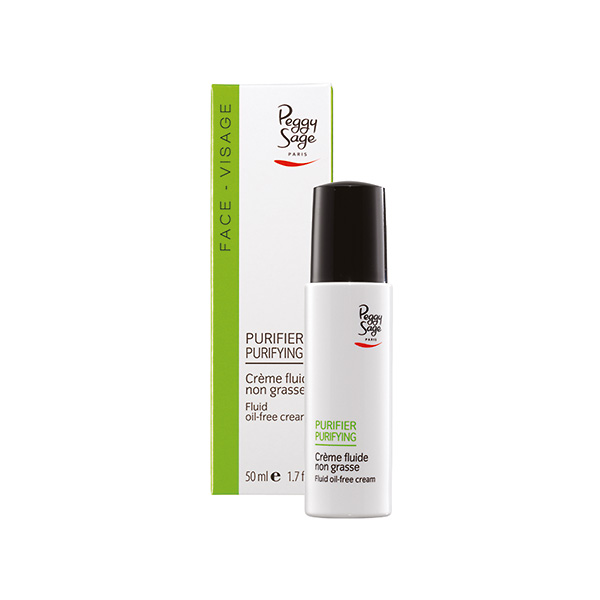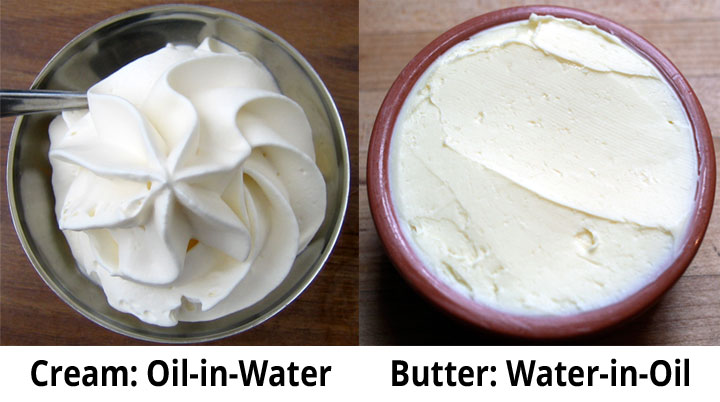
Under normal circumstances, oil and water cannot be mixed without a substance that blends the two phases. A small amount of oil into a large amount of water. (Typical use: moisturiser)Ī moisturising cream is a mixture of water and oil substances and is referred to as an oil and water-based cream O/W. Oil in water emulsions are usually the most common in formulations due to lower production cost, ease of application and light texture. These newer creams known as Oleogels are becoming popular for the barrier disordered skin.
#Water in oil cream example skin#
You find them in skin lotions, make-up, and even hair products. These are one of the most common forms of cosmetic products. They are also widely used among other components of food and cleaning agents, lubricants, and colour cosmetics. Skin tolerance of these substances may vary anionic short-chained combinations such as lauryl sulphates and also lauryl ether sulphates may cause skin irritations. When used for skin cleansing purposes, surface active agents are referred to as tensides or surfactants. When surface-active agents are used to combining the water and oil phases of cream, they are called emulsifiers. This means that they float within the interfaces between aqueous and oily phases and thus form links - the essential precondition for emulsifiers, and an emulsion is created. This property means that they are able to reduce the surface tension of water. Most emulsifiers can be considered “surface-active agents”. Moreover, their use is largely unregulated and considered an easy and inexpensive way of combining the oil and water phases of an emulsion.

This is because emulsifiers are proving to cause a modification of the stratum corneum multilamellar lipid structure (Bilayers) and consequently the skin barrier defences. Many skin treatment therapists are also unaware that emulsifiers do not lose their emulsifying properties in the skin and have been found to be higher irritant properties than fragrance or preservatives.

Have you had clients say to you, "I use my moisturiser daily but my skin still feels dry!" Or "I feel I need to re-apply my moisturiser twice a day because my skin always feels dry!" Or have you had a client use up all of her moisturisers in half the time she should? If so, these are indications of the "washout effect" of emulsifiers and how they can exacerbate fast trans-epidermal water loss and lipid dryness. It has been also published under the title "Why say no to Emulsifiers" in other digital and print media. In four glasses or test tubes place 2.5ml vinegar and 2.This article was written in response to a number of requests for information explaining the purposes, properties and disadvantages of emulsifiers in skincare formulations.Emulsions are thicker than either the water or of fat/oil they contain, which is a useful property for some foods. By vigorously mixing the emulsifier with the water and fat/oil, a stable emulsion can be made.Ĭommonly used emulsifiers include egg yolk, or mustard. The hydrophilic end of the emulsifier molecule is attracted to the water and the hydrophobic end is attracted to the fat/oil. These help to form and stabilise the emulsions, preventing or slowing the water and fat/oil from separating.Įmulsifier molecules work by having a hydrophilic end (water-loving) and hydrophobic end (water-hating). To prevent the mixture from separating substances called emulsifiers can be added.

However the mixture is unstable and if you left it for a while it would soon separate out into water and oil layers again.

If you shake the oil and water together then the oil breaks up into tiny droplets and becomes distributed in the water forming a mixture. If you add a drop or two of oil to water you can see that it does not dissolve or combine with the water: the oil floats on the water.


 0 kommentar(er)
0 kommentar(er)
